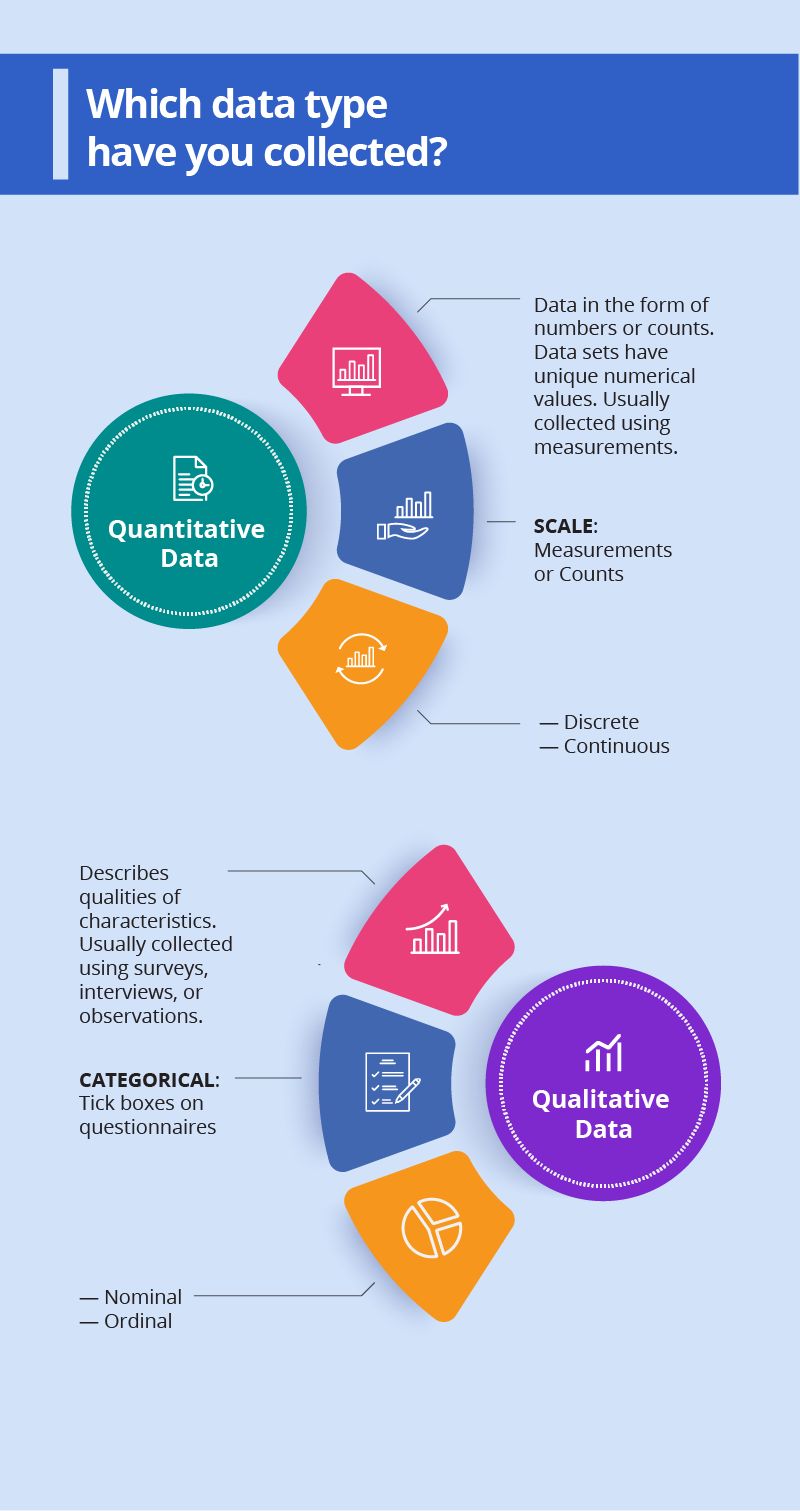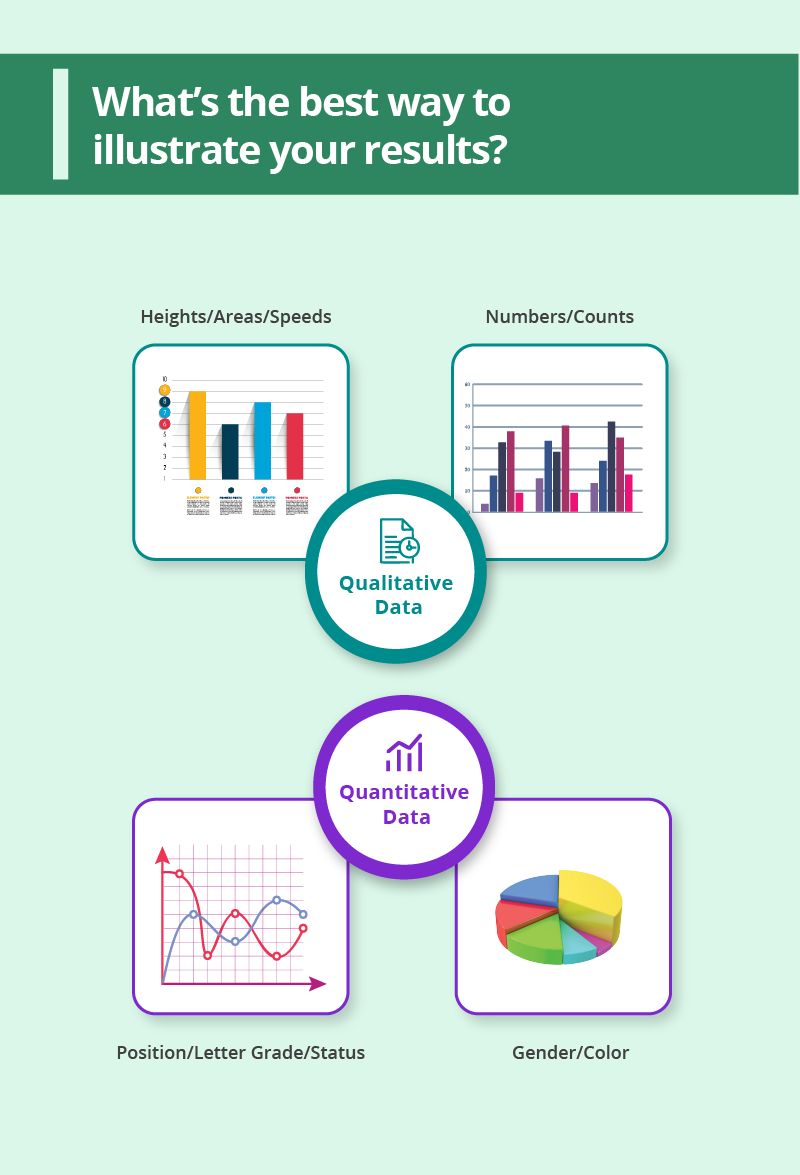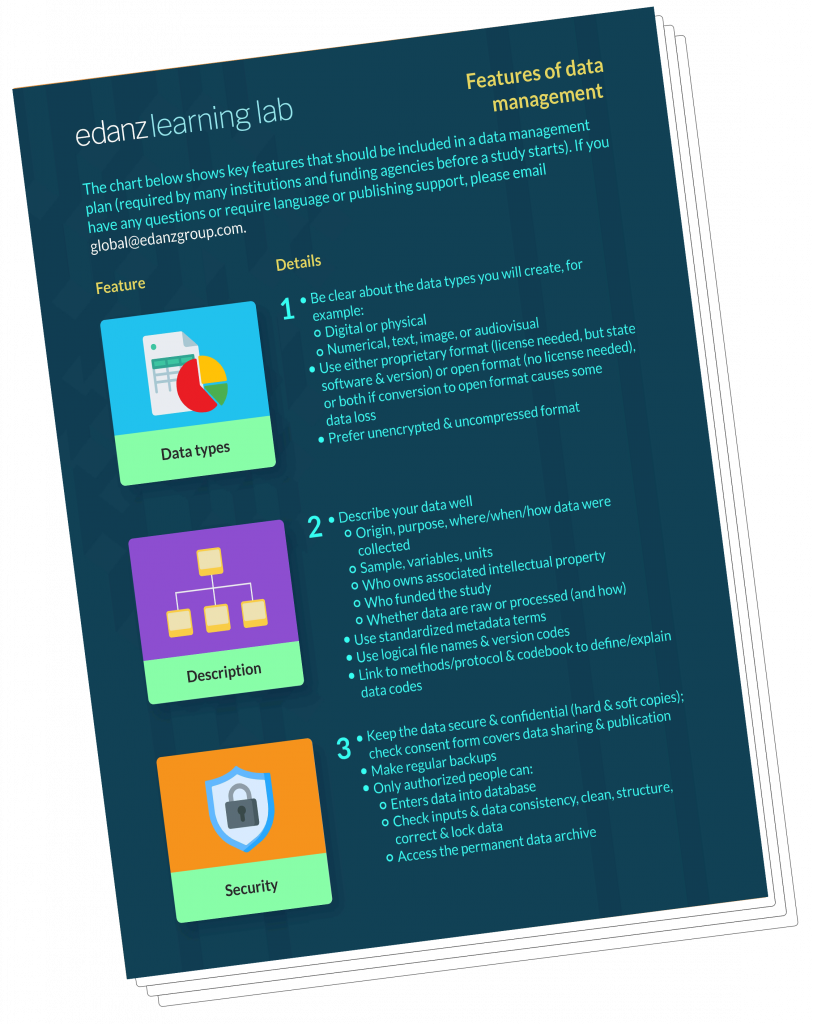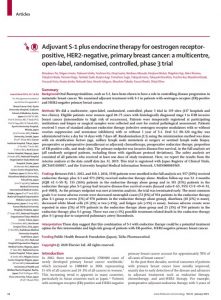Can your mountains of unpublished data be turned into published articles? Yes, quite often they can.
Academics want to publish more papers. And usually as fast as possible, and in the best journals possible.
In the day-to-day pressures to publish, among so many other duties, it can be hard to focus on research questions. Writers’ block can happen when you can’t concentrate.
Also, as a researcher, you often have loads of collected data, or with access to data. But you’re unsure what questions to which they can apply the data, write it up, and add to their publication record.
Of course, you normally formulate a question/hypothesis and then get the data to either refute or validate it. And you may have done this. Or you may have collected all these data and they’re not what you need.
Amid all this busy-ness and with all these data, here’s how you can still turn out new publications and keep your momentum.

What kind of data do you have?
Busy academic researchers tend to collect and have access to lots of data. But then they don’t have the time to write up manuscripts, select journals, make submissions, and finally arrive at publication.
Take a step back and impartially think about what kind of data you’re collecting. What would be the best way to analyze your measurements, numbers, or counts?
Are they quantitative data?
- Quantitative data tend to come in the form of numbers or counts of things. This can include hard data as well as, for example, Likert-scale scores. You’ll have sets of data with unique numerical values, often using measurements.
Within the first category, quantitative, are the data you’ve already collected discrete or continuous? Presentation methods and the kinds of analyses required will be different.
Numbers and counts of things (e.g., number of spots, or animals within a given area) are discrete data and can often be managed and analyzed more easily that other forms of quantitative measurement data (such as speeds, heights, or areas).
Or qualitative data?
- Qualitative data tend to describe qualities or characteristics, of people, places, anything. These data are usually collected based on open-ended surveys, interviews, or observations. They may be coded or still in their raw form, such as in journals and on recording.
Information here describes qualities of characteristics such as gender, color, opinions, and observed tendencies. These data are often much harder to visualize and analyze, so they need to be coded and/or systematized.
Medical researchers, for instance, can often collect or access both data types. They may have measurements and test results along with observations and feedback.
Next ask how you can apply these data.

What can your data be used to test?
Researchers across all disciplines often rush into data collection without thinking carefully about what they really want to test. It’s a bit like fishing with a net, instead of a rod. And it can give a lot of data, for better or for worse.
So if you already have lots of data, you can look for ways to write up additional studies.
Ask yourself:
- What’s the question underlying my research?
- What am I seeking to test with my research as a whole?
It might be to alleviate a certain kind of cancer, develop a new therapy, or address childhood obesity. Sky’s the limit – you’re the inquiring research and you have your specialty.
To refine your question within a thematic research field, you’ll need to carry out what’s called gap analysis. This will help you determine an area where further, meaningful progress can be made using your existing data.
Gap analysis usually involves a review of the current literature to look for gaps in knowledge – clear unmet needs – where the further analysis of existing data can lead to useful insights. This can be quite time-consuming and we do offer a comprehensive gap analysis service, which make be a very good way to apply your funding. You can also self-educate with a course in the Edanz Learning Lab.
Take this step slowly, carefully, and thoroughly. It will better prepared you to both collect more data (if you need them), and then subsequently analyze the data you already have.
Descriptive or analytic questions?
In other words, is the question you seek to test descriptive or analytic?
Descriptive questions
In the first case, descriptive, you’ll be collecting (or have collected) specific parameters to assess something specific. This might be mean number of children and household size within a population.
These are quantitative parameters but your question is simpler: A clear one-on-one trend line drawn between two parameters will usually be sufficient to show a relationship that you can then assess for statistical significance. It’s (often a series of) calculations.
Analytic questions
In the second case, analytic, you might be assessing more abstract parameters. These could be the relationship between two variables, such as income and BMI, but not just through a calculation. You’re analyzing and seeking to draw conclusions.
If you don’t have the time or you’re not as talented with numbers, a statistician can be invaluable. They can do calculations, run tests to seek correlations, and narrow down the data that are of significance.

Free PDF infographic: Features of Data Management
This chart shows key features that should be included in a data
management plan (required by many institutions and funding agencies
before a study starts).
Formulating a question
Once you’ve determined the type of data you’ve collected and what sorts of issues it could be used to assess (descriptive or analytic), you need to formulate a clear question.
Ensure your question is (1) interesting (in other words, has substance and addresses a research need) and (2) testable. This is what your gap analysis was for – yep, finding gaps.
Research questions can be incremental, though they’re less likely to be published, especially if it’s a small increment.
A small step forward that only slightly builds on previous work isn’t going to be particularly interesting. Interesting = publishable.
For example, if a recent study assessed a drug’s efficacy on a certain condition, it won’t be all that interesting just to tweak the question and do the same analysis on a slightly different sample.
Instead, formulate questions that will give a bigger contribution. Examples of research questions can either be quantitative, qualitative, or mixed.
When you already have data, keep in mind that:
- Question development is an ongoing process that will involve you continually updated your understanding of an area and refining your ideas. Don’t get stuck on one question, especially if you already have data. Be flexible.
- Stay updated on current research in your field so you can see and understand how other researchers formulate questions.
- Formulate your question to be as specific and concise as possible to ensure clarity. Talk to others around you, near and far. Seek out experts, mentors, and colleagues working across your field and discuss your questions with them. See if your question really is interesting.
Data come in many shapes and sizes. The worst data is good data left unexamined, unused. Put it to use!
As a busy researcher, you often won’t be able to work in the “standard” way with your research: formulate a question and then work to collect data to address that issue, or hypothesis.
As we’ve discussed, very often we end up sitting atop piles of data wondering how we might do something with the information already collected.
Still stuck trying to figure out what to do with your data? Need help with a gap analysis? Need a consultation on managing that pile of unpublished data?
Edanz can help you.
Our expert project managers, writers, editors, and analytical specialists can guide you through the publication process.
We can take your existing data, perform a gap analysis of your research field, identify an “unmet need,” and help with the writing and publishing process.
We’ll also target a suitable journal, help with presubmission inquiries (informal letters to editors to gauge their level of interest) and then advise on the actual submission.
Our support really works.
Researchers we’ve worked with have significantly enhanced their publication success and rate from year upon year.
One of our key services at Edanz is helping researchers to make the most of their existing data. We can assess your current data sets, evaluate them against what’s already published, and determine an unmet need in the literature, before proposing both a review article topic and a range of potential journals.
If ethics are a concern, don’t worry. Our writers and publication team members are always acknowledged at the end of the articles we help with: We’re the only company in our industry that does this. Complete transparency.
How does the process work?
Our team will assess your data as a first step and advise as to whether further collection needs to be carried out.
We’ll then perform a gap analysis of your field to identify publication opportunities. This then guides the suggested article type and journal selection.

A recent paper we worked on, published in The Lancet, is a clear example. Edanz team members analyzed data and helped with the article writing and journal selection, steering the work into a high impact factor, prestigious journal.
Busy doctors and medical researchers, among others, find this a huge help. In these fields, data tends to accumulate as a much faster rate than it’s possible to write up and publish articles on.
Is this ethical? Absolutely.
At Edanz, we pride ourselves on our ethics. We are one of the most transparent operations out there in the market and we do not “ghostwrite” papers.
We follow Certified Medical Publication (CMP), International Committee of Medical Journal Editors (ICMJE), and Committee on Publication Ethics (COPE) guidelines. We routinely have our editors and proofreaders added to the acknowledgements sections of papers. Openness and transparency are our positioning and ethos. We’re passionate about advancing your science.
What about a review paper?
One of our most popular services is review article development. Here, we scrutinize your data and look across your field for other recent work relevant to a predetermined research question or area.
We then work to propose areas where review articles might be appropriate, something we’ve covered in detail in other posts. We work with authors to publish hundreds of such articles each year across a wide range of fields.
If you have unpublished data that needs to be assessed, and you want to up your publication rate, our review article development service is ideal for you.
What are my chances of publication success?
Edanz is a unique research solutions provider, so our success rate with publications is also very high.
Indeed, over 99% of projects we work on end up getting published, and almost always in an initially selected target journal.
We understand that article writing can be extremely hard if English is not your first language. We also understand that finding the time to work on data as a busy researcher can be a huge challenge. We fill those needs for you.
More content you might enjoy:






